Eco packaging: When Responsibility shapes Visual Identity
Packaging is undergoing a profound transformation. Between regulatory constraints, shifting consumer expectations, and brands’ desire to express themselves differently, eco-design is redefining the visual language of graphic design.
In a world where sustainability is no longer an option but a necessity, packaging has become both a visual signature and an environmental statement.
Far from being a limitation, eco-design opens new creative possibilities where authenticity meets aesthetics.
Why Sustainable Packaging Matters
In recent years, sustainability has become a central concern, and all signs indicate that this shift is here to stay. Better informed than ever, consumers know that their daily choices directly affect the planet. They are reducing their use of plastic and seeking proof, through labels, certifications, and commitments, that a product not only minimizes its negative impact but also contributes positively to the environment.
Brands that appeal to this conscious audience are leading the way by embracing paper and other responsible packaging solutions.
Today, everyone understands the consequences of uncontrolled paper sourcing on deforestation or the devastating impact of single-use plastics on oceans, causing massive pollution and the extinction of species.
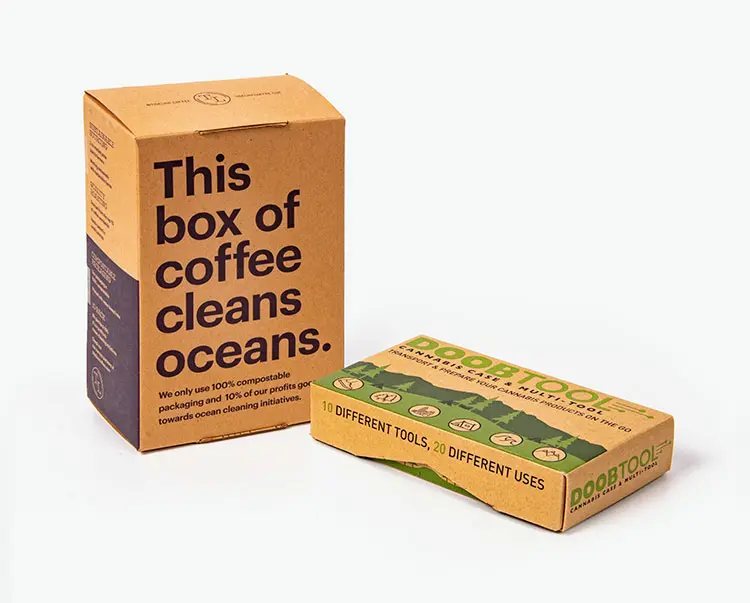
Turning Regulations Into Creative Opportunities
European and Swiss regulations are accelerating this transition: reducing single-use plastics, requiring recycling instructions on packaging, and encouraging the use of recyclable materials.
These rules are pushing creatives to rethink their processes, but they are also opening up aesthetic opportunities: raw materials, minimal printing, optimized formats.
For designers, such constraints are not obstacles but sources of innovation:
- Kraft paper and recycled materials become strong, characterful mediums.
- Limited color palettes and plant-based inks emphasize simplicity.
- Typography takes center stage — clear, direct, and full of identity.
- Material imperfections turn into a visual language, revealing authenticity.
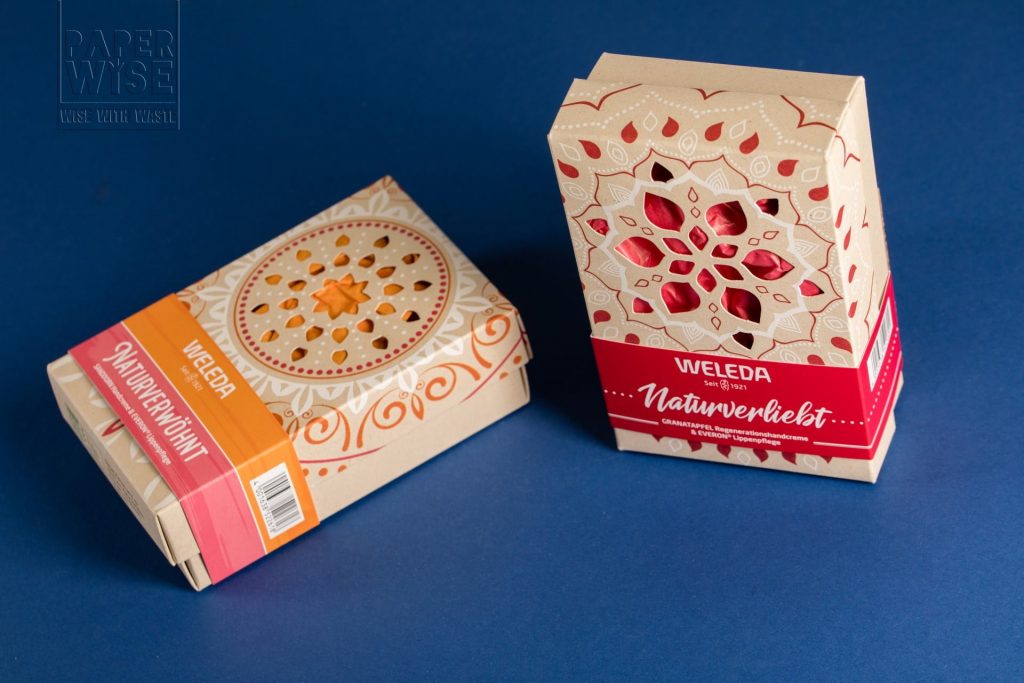
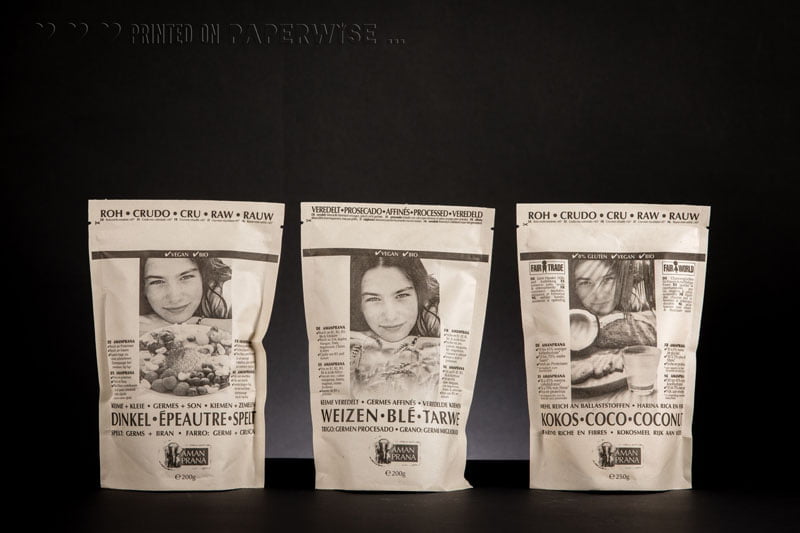
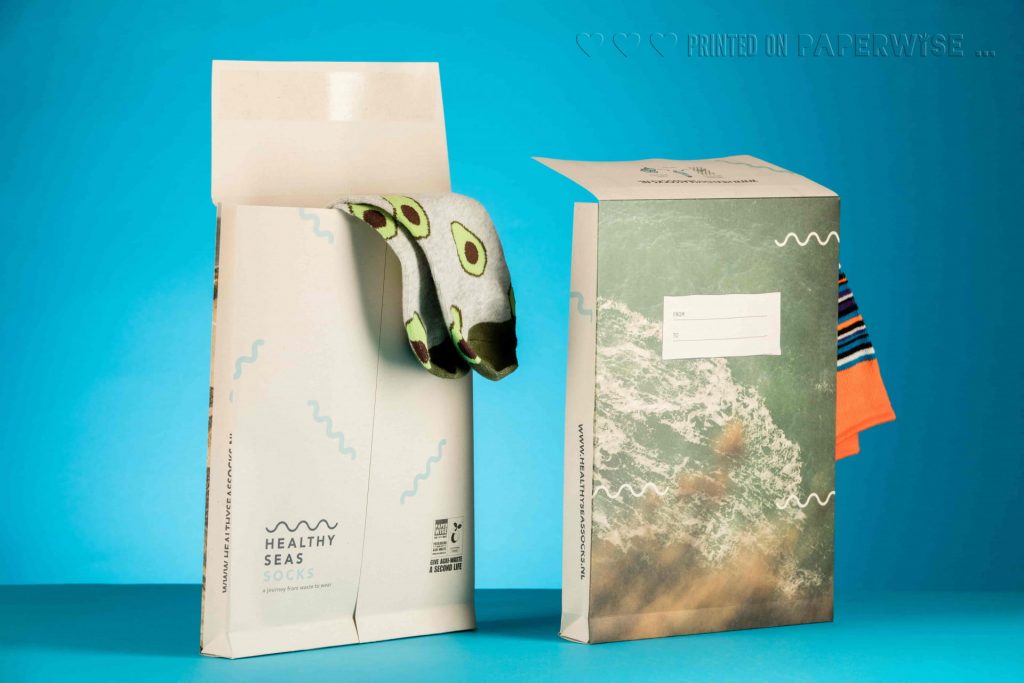
A Collaborative Process
Designing sustainable packaging goes far beyond choosing recycled paper.
Eco-design requires holistic thinking: considering the product’s life cycle, logistics, energy costs, and user perception.
The designer’s role expands from purely aesthetic to mediative: translating a brand’s essence into a tangible, minimal, and environmentally conscious object.
Current Inspirations
Across the cosmetics, food, and artisanal sectors, trends are converging toward:
- eliminating secondary and plastic packaging,
- highlighting natural materials,
- aligning container and content (e.g., raw ingredients = raw packaging).
Every design choice becomes a statement of intent: authenticity, transparency, responsibility.
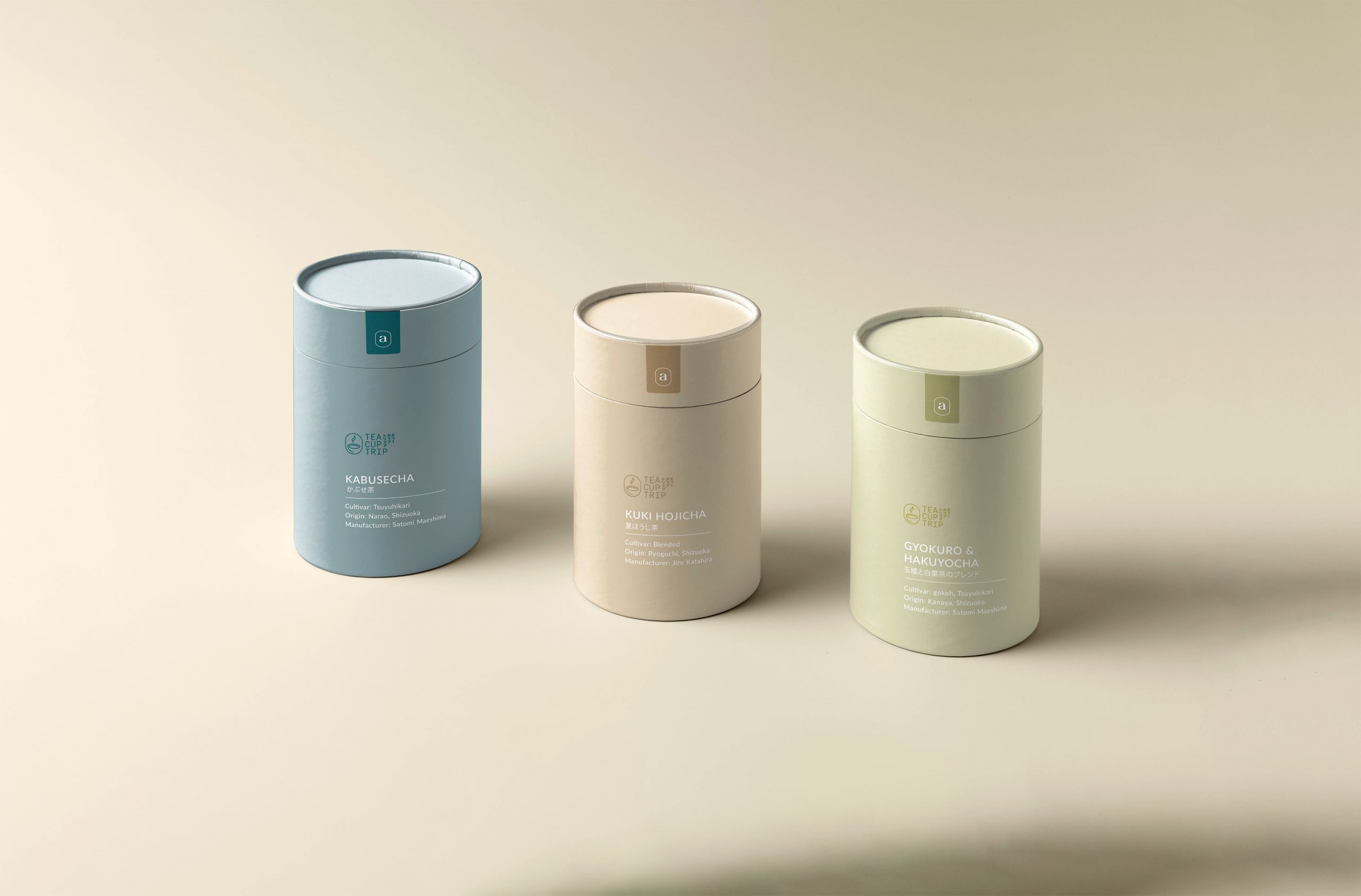
At Studio Nuwa, we explore these approaches from Lausanne, crafting minimalist and responsible visual identities built to last.
Feel free to reach out , we’d love to discuss your project!





